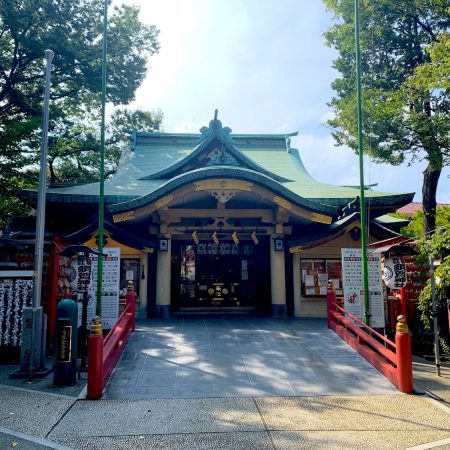The Enduring Legacy of Kamakura’s Great Buddha
In the heart of Kamakura, a city steeped in history and spirituality, the Kamakura Daibutsu stands as a testament to the enduring power of faith and craftsmanship. This colossal copper statue of Amida-butsu (Amitabha Buddha), designated as a National Treasure, has captivated visitors for centuries with its unique open-air setting and its well-preserved original form.
The origins of the Great Buddha are shrouded in mystery, with much remaining unknown about its construction and the identity of the artist. According to ancient chronicles, the statue’s creation began in 1252, funded by donations gathered by the priest Joko. Originally enshrined in the Daibutsu-den Hall, the statue has faced numerous challenges over the centuries, including the destruction of the hall by typhoons and earthquakes.
During the mid Edo period, Jodo Sect priests Yuten and Yokoku undertook the task of repairing the Great Buddha, establishing Shojosen-ji Kotoku-in, a temple dedicated to the practice of the nenbutsu. The Jodo Sect, founded by Honen, centers around the devotion to Amitabha Buddha and the belief that by chanting the nenbutsu, one can receive Amitabha’s protection and be reborn in his Pure Land.
The Kamakura Daibutsu continues to draw Buddhists from all sects and corners of the world. As visitors stand before this monumental statue, they are reminded of the transformative power of devotion and the unwavering resilience of the human spirit in the face of adversity. The Great Buddha of Kamakura remains a powerful symbol of the timeless beauty of Japanese Buddhist art and the enduring nature of faith.













